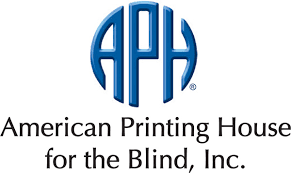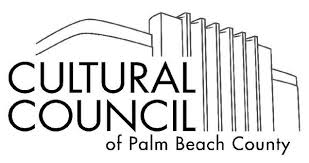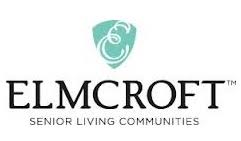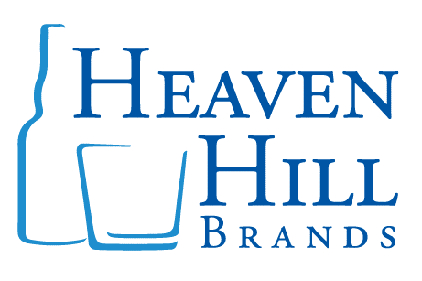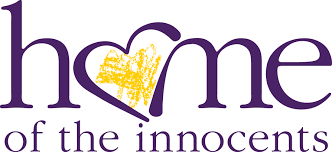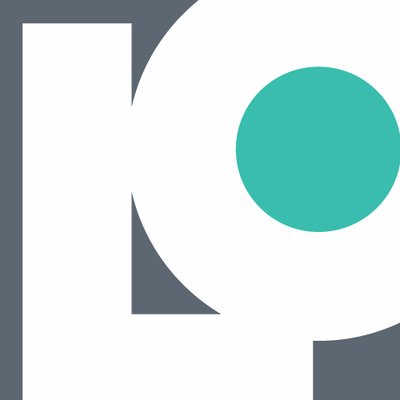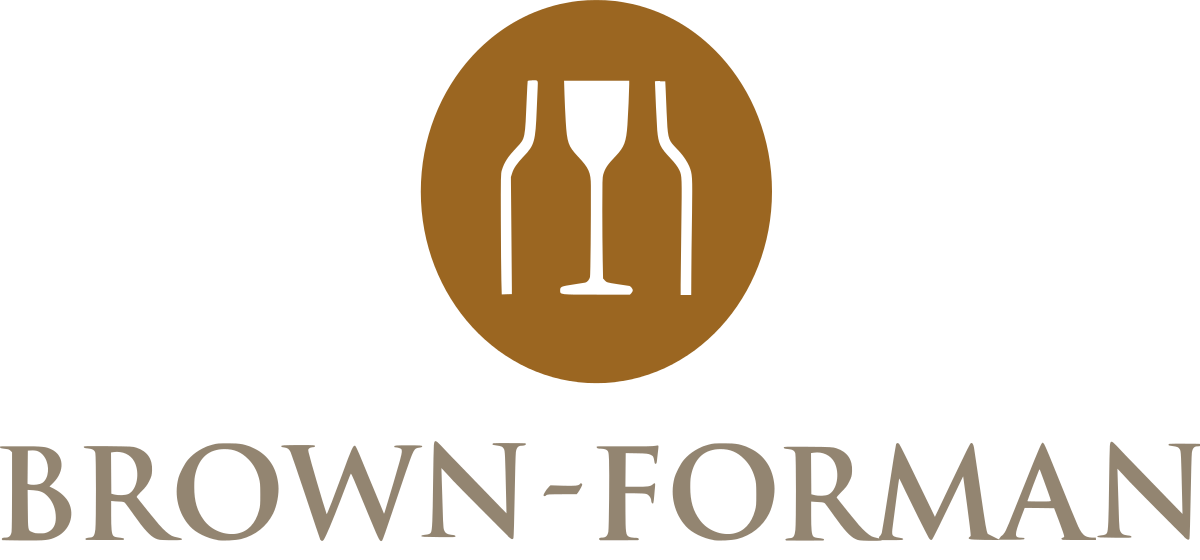I am overcome with pride to share that I have recently been appointed President of The Wunderlin Company by the Board of Directors. Since joining The Wunderlin Company in 2020, I began to have more and more conversations with my mother Karen about what the next chapter of the organization […]
Assessments

“Live as if you were to die tomorrow. Learn as if you were to live forever.”
― Mahatma Gandhi
Assessments are incredibly useful tools that can guide leaders and peers to build stronger teams.
Assessment tools can help you better understand where you are, and where you want to go. You may be facing a career crossroads or leading a new team with wildly diverse work styles. In those situations and in many others, TWC team members find assessments provide insight that shapes a clear path forward. =We use a variety of assessments in both executive coaching and team building to improve individual and group understanding, communication, emotional intelligence, and conflict-resolution skills. TWC team members provide valuable insights that help shape a clear path forward.


With a variety of assessments in both executive coaching and team building we work to improve individual and group understanding, communication, emotional intelligence, and conflict-resolution skills.
We are highly skilled with the Myers-Briggs Type Indicator, The Birkman Method, Hogan Assessments, DISC Assessment, and Hermann Brain Dominance Instrument (HBDI).
These tools offer meaningful information whether you’re developing yourself, coaching others, or building a team.
Assessments
Click on the link for each assessment type to learn more about the methods.
Myers Briggs Type Indicator (MBTI) and MBTI Step II
The Myers-Briggs Type Indicator (or MBTI) is perhaps the best-known assessment tool. MBTI determines individual preferences in four dimensions: Extroversion-Introversion, Sensing-Intuition, Thinking-Feeling, and Judging-Perceiving. The results are 16 personality types that describe patterns for accessing information, making decisions, and relating to people. If someone tells you she is an ENTJ or an ISFP, she is using Myers-Briggs shorthand.
MBTI can provide team members the language they need to understand and manage the different ways each member approaches work. We have worked with countless teams as they uncover these differences, have a good laugh with this newfound understanding and then built working agreements about how to handle those differences when working together. Beyond the basic assessment, our team has found the MBTI Step II to be an extremely useful source of more detailed analysis, especially for our coaching clients. It lets you “peel the onion” in layers to provide more nuanced information.
The Birkman Method
The Birkman Method questionnaire and reports provide individuals with multi-faceted insight on how they relate to other people and to the demands of work. The TWC team uses this tool to coach people to work more effectively, give managers a quick overview of staff motivational needs; and to provide a common language to discuss individual differences.
Birkman Method uses 11 behavioral components. For each behavioral component, the method offers three perspectives: usual behavior, behavior at your best, and behavior when you’re stressed and frustrated.
In addition to the behavioral/relational profiles, Birkman assesses 11 key areas of occupational interest including scientific, literary, persuasive, and numerical. The combined occupational and behavioral components give a complete profile of that individual, represented graphically by the Birkman Lifestyle Grid.
Hogan Assessments
Hogan Assessments were introduced more than 25 years ago by Robert and Joyce Hogan with a business audience in mind. Their key tenet: personality predicts on-the-job performance.
- The Personality Inventory provides a “bright-side” picture of how people operate, work, and lead.
- The Development Survey describes behaviors that are likely to emerge for you under periods of stress and that may disrupt productive working relationships or derail your effectiveness.
- The Motives, Values and Preferences Inventory explores core goals, values, and interests.
- The Business Reasoning Inventory describes reasoning style – the ability to evaluate sets of data, make decisions, solve problems, and avoid repeating past mistakes.
DISC Assessments
The DISC Assessment is a tool that gives users a common language to better discuss and understand their behaviors. With understanding comes better adaption to the variety of relationships in working life.
DISC is based on the work of Dr. William Marston – a physiological psychologist who published Emotions of Normal People in 1928 – the book that became the foundation for the assessment. DISC looks at four personality themes: Dominance, Influence, Steadiness, and Conscientiousness; and their corollary behaviors.
TWC team members use the DISC assessment to help you identify how your dominant personality themes and behaviors affect your working relationships. This, in turn, allows you to better facilitate teamwork and accompanying conflicts, become a more effective leader and increase your self-knowledge and skills in interpersonal work.
Hermann Brain Dominance Instrument (HBDI)
The HBDI® Assessment uses psychometrics to define and describe the way you think and process information. It helps you understand why you value certain types of information over others and teaches you how to communicate better using that knowledge.
The Herrmann method was created by Ned Herrmann, who pioneered the study of the brain in the business field while at General Electric’s prestigious corporate university, Crotonville, in 1981. Since then, he has developed the Whole Brain ® Thinking model and published several acclaimed books on his approach. The HBDI assessment is a useful tool to develop thinking in areas like leadership, productivity, sales, and teamwork.
TWC helps clients understand their results and apply this method to improve productivity, communication, and innovation.
Recommended Reading:
How an Executive Coach Can Change Your Game at Work
Scroll down for more Assessments blog posts.
Visit our resources page for books and articles on Assessments.
Improve your team’s effectiveness, cooperation, skill sharing, and problem solving.
Contact us to find out which Executive and Team Assessment tools are right for you and your business.


